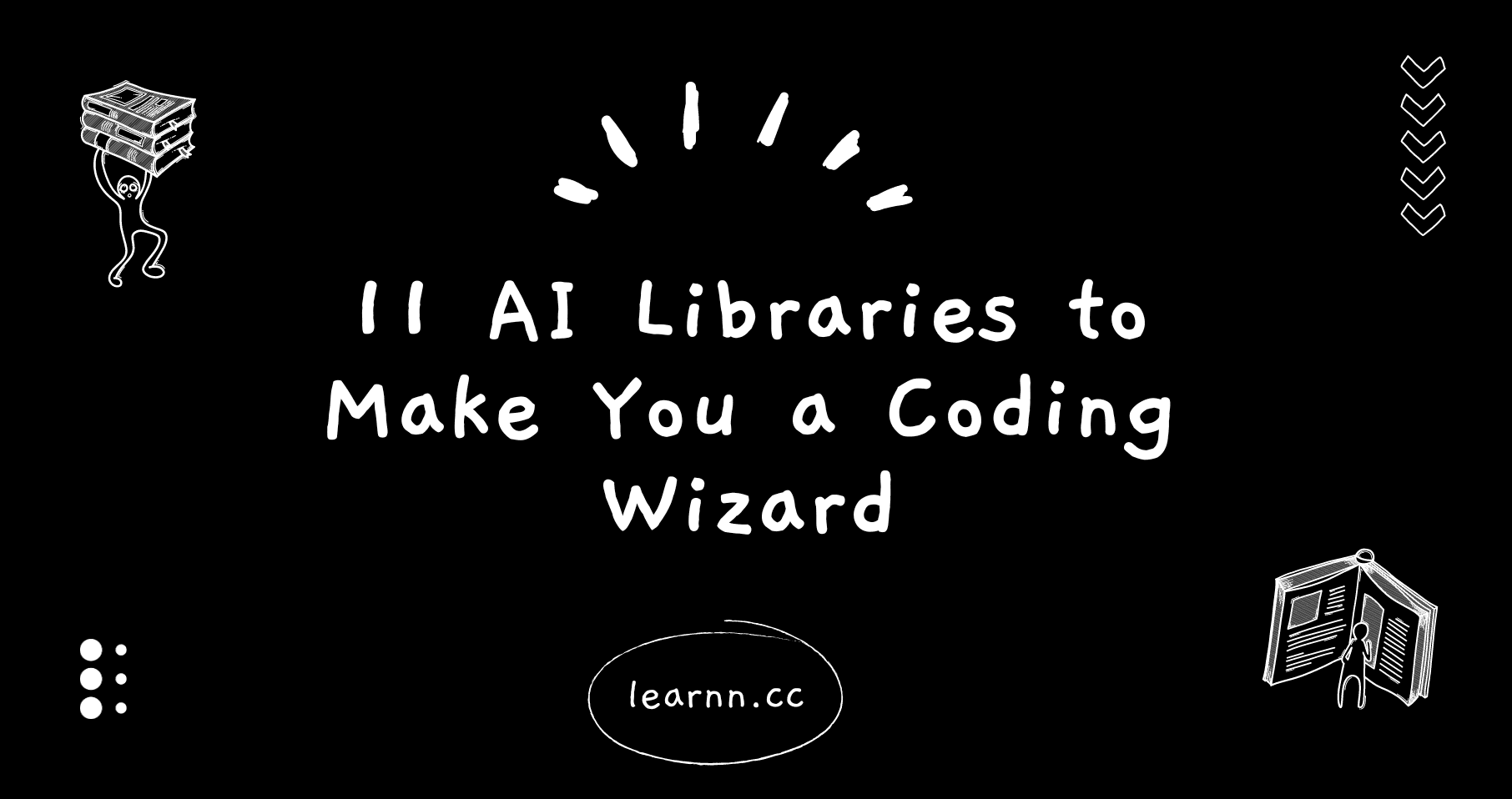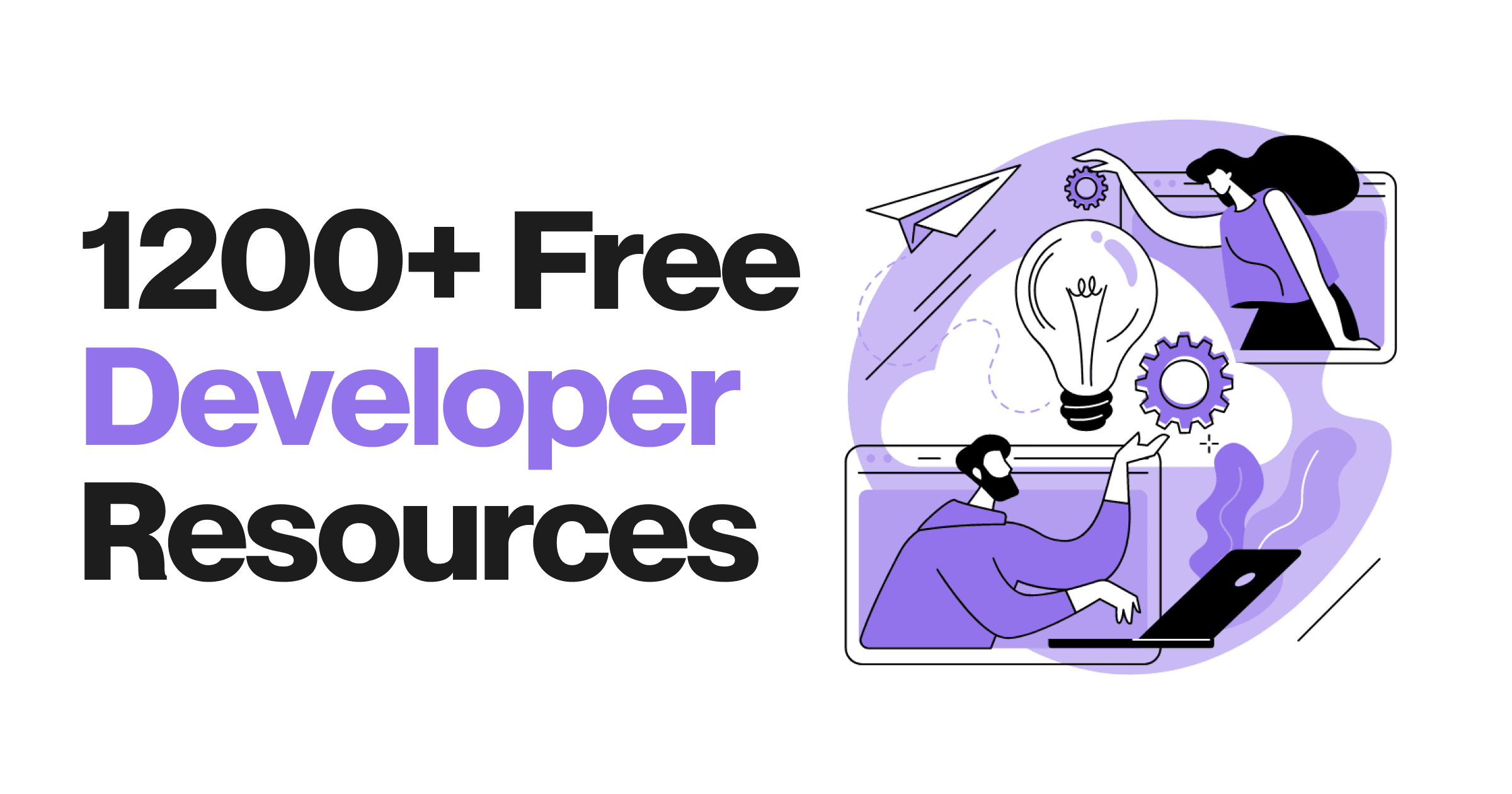Hey there, coding wizard in the making! Want to add some AI magic to your projects? There are some amazing AI libraries out there that can make you look like a machine learning master.
🧙♂️In this post, we'll introduce you to 11 of the best AI libraries that every developer should know about. Whether you want to build a chatbot, detect images, translate text, or something else altogether, these libraries have you covered. 🪄
With just a few lines of code, you'll be conjuring up AI models and apps like a pro.
For example, say you want to build a cat photo classifier. Just grab a dataset of cat photos, use a library like TensorFlow or PyTorch, and voila! You'll have a working model in no time. Or if natural language processing is more your thing, check out NLTK or SpaCy to build your own chatbot.
There are multiple things, so let's dive in.
🪄 Abracadabra! An Intro to AI Libraries for Wannabe Wizards 🧙♂️
Want to wield the power of AI? These libraries are your magic wand! PyTorch and TensorFlow are powerful frameworks used by pros, but also ideal for newbies. Keras and Scikit-learn have simple APIs to get you casting spells in no time.
Once you've mastered the basics, Flask and Django will let you deploy your own AI apps and share your sorcery with Muggles. For computer vision, OpenCV has a spell for everything from face detection to optical flow.
Natural language processing? Check out NLTK, SpaCy and Gensim. They'll have you charming sentences and understanding languages in the blink of an eye.
With the help of these libraries, you'll be well on your way to becoming an AI wizard! The magic is in your hands - now go out there and create something magical!
1. 📚 Tensorflow - The OG Spellbook for Deep Learning Magic
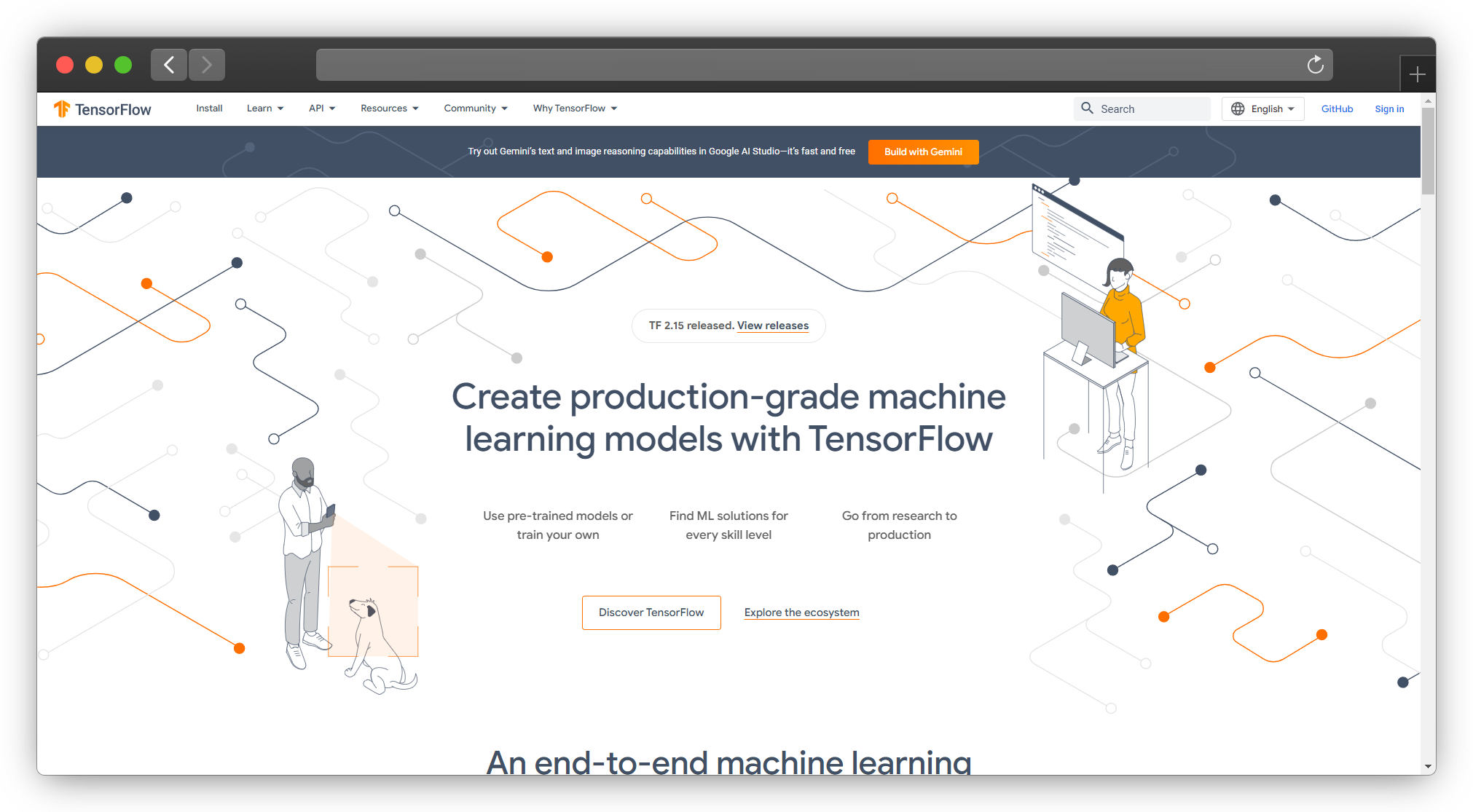
Want to wield the power of AI? You'll need to master Tensorflow, Google's open-source library for machine learning. This tool lets you build neural networks with just a few spells, I mean, lines of code. 🧙♀️
Tensorflow handles all the heavy lifting so you can focus on crafting your model. Define layers, activate functions, loss metrics - and Tensorflow builds the computational graph under the hood. Then simply call .fit() and your neural net will start learning!
With a flick of your wand (ok, running the model), Tensorflow uses backpropagation to tweak parameters and make predictions. Whether you want to detect objects in images, translate between languages, or anything else, Tensorflow has a spell for that.
Boasting a huge community and constant updates from Google, Tensorflow is the gold standard for deep learning. Start practicing Tensorflow today!
2. 🤖 privateGPT - Securely interact privately with PDFs
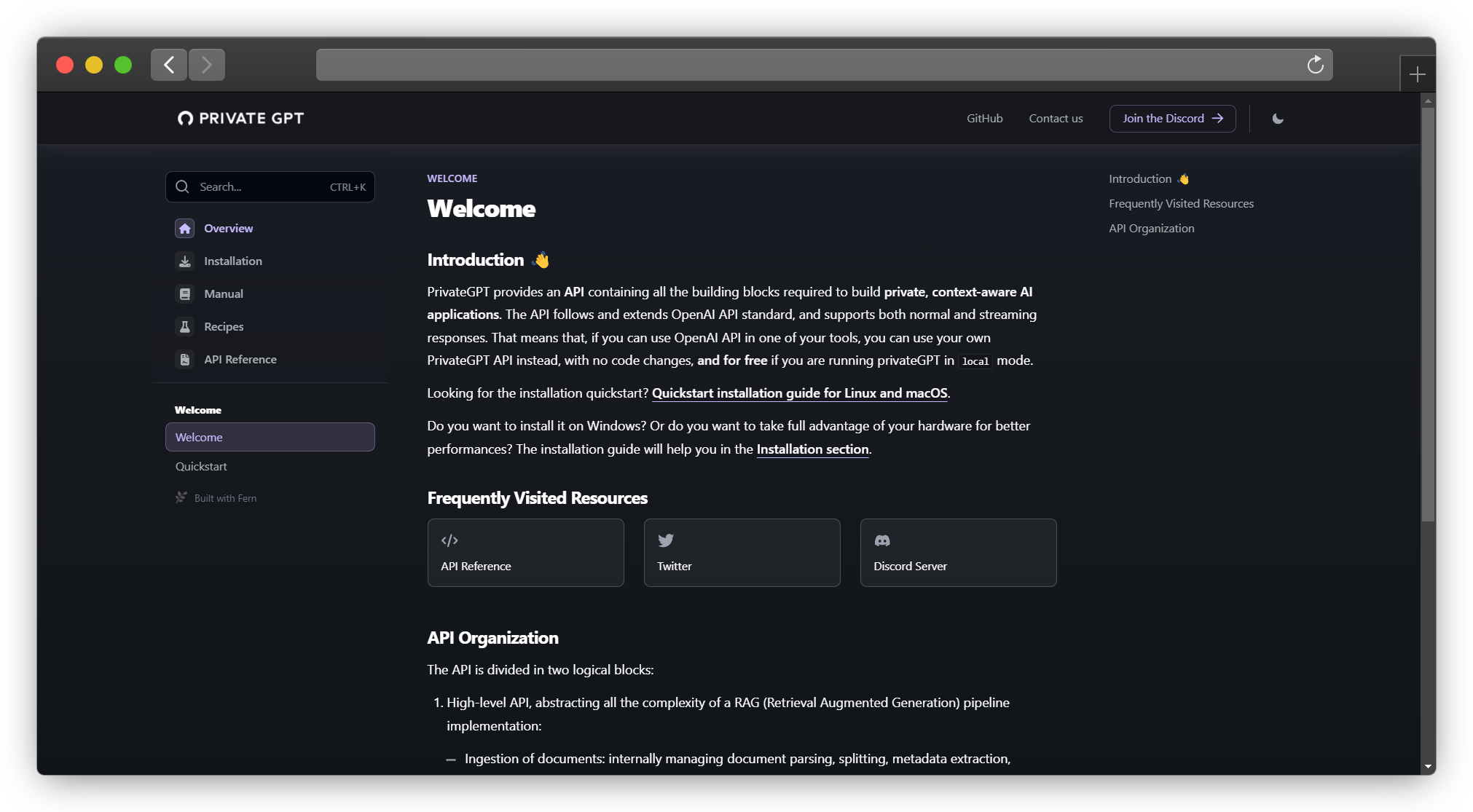
Ever wanted to have a private conversation with your PDFs? 🤫 privateGPT lets you do just that! This nifty AI library lets you securely interact with your PDF docs offline. 🧑💻
Say you have a pile of work docs, privateGPT enables you to ask questions about them and get responses without sharing anything externally. 🤐 Your data stays private and under your control. You can delete anything at any time.
With privateGPT, you're the wizard in control of your PDFs. 🧙♂️Summon knowledge from them by asking questions. Get insights into your docs like never before!
Want to try your magic? privateGPT is open source and free to use. Install it locally and you'll be casting spells on your PDFs in no time! Your documents will come alive before your eyes. 👀
Who knew you could have a private conversation with PDFs? Now you do, thanks to the privateGPT library - your key to unlocking knowledge in your docs! 🔑
3. 🧠 PyTorch - Flexible Sorcery for Neural Network Conjuring
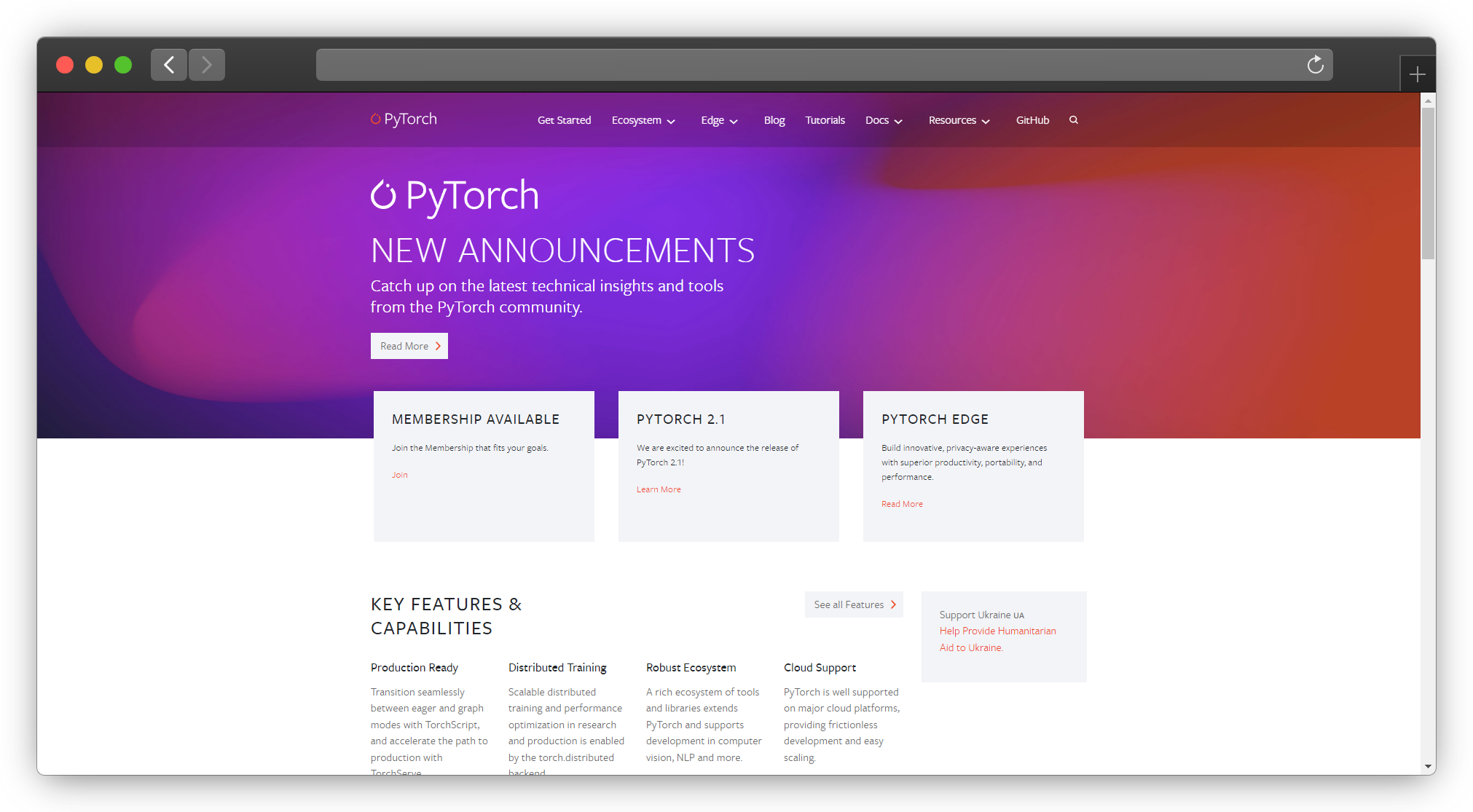
PyTorch is a popular open-source machine learning library based on Torch, used for applications such as computer vision and natural language processing.
It’s known for being more flexible and easier to debug than some other frameworks. You can easily build neural networks with a few lines of code, and it has a huge community of developers creating tutorials and sharing projects.
PyTorch uses dynamic computation graphs, so you can modify your networks on the fly. This is super useful when you’re experimenting and debugging your models. You can add or remove layers, change hyperparameters, switch between CPUs and GPUs, etc. PyTorch is also great for research since it allows you to test new ideas very quickly.
Some of the biggest tech companies using PyTorch include Facebook, Twitter, NVIDIA, FastAI, and Allen Institute for AI.
4.📕LangChain
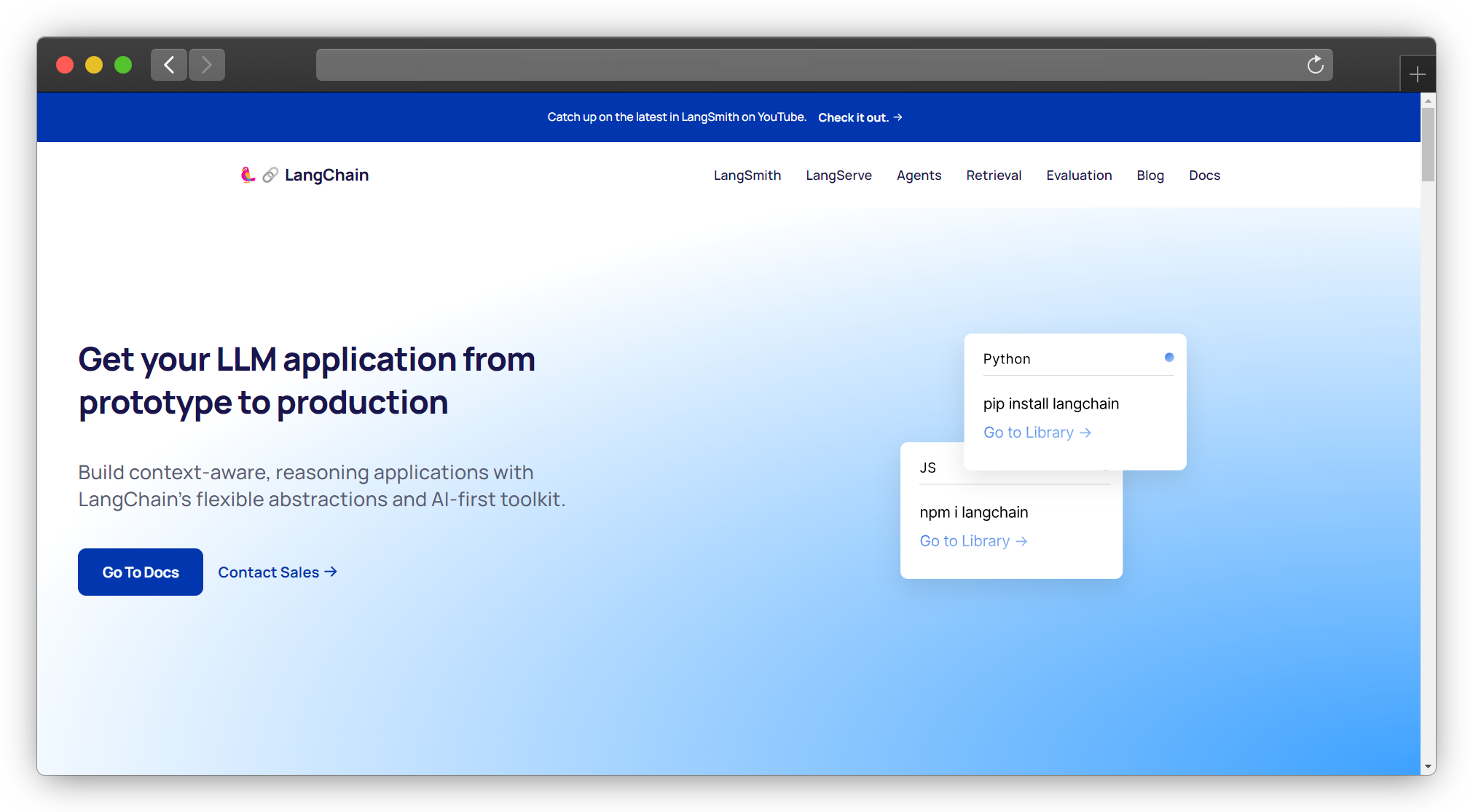
LangChain is like a magic wand 🪄 for AI devs. It lets you build apps using huge language models with barely any code! You can make chatbots, question answering systems, summarizers, and more.
LangChain is free for anyone to use and modify. Devs of any level can get started quickly by choosing from pretrained models like GPT-2, BERT, and XLNet. Just pick a model, add your data, and poof! You'll have an AI-powered app in no time.
For example, say you want to make a chatbot. You'd select a model like GPT-2, feed it a dataset of sample conversations, and LangChain will do the rest. Your chatbot will be able to understand questions and respond naturally without any complex coding!
Or if you want to build a news summarizer, just pick a summarization model like BART and feed it a bunch of articles. Like magic, it'll generate concise yet coherent summaries on demand.
The possibilities are endless with LangChain. It's the perfect tool for devs who want to do amazing things with AI and NLP without becoming full-fledged wizards.
5. 🗣️ NLTK - Teaching Machines to Speak Like Us Humans
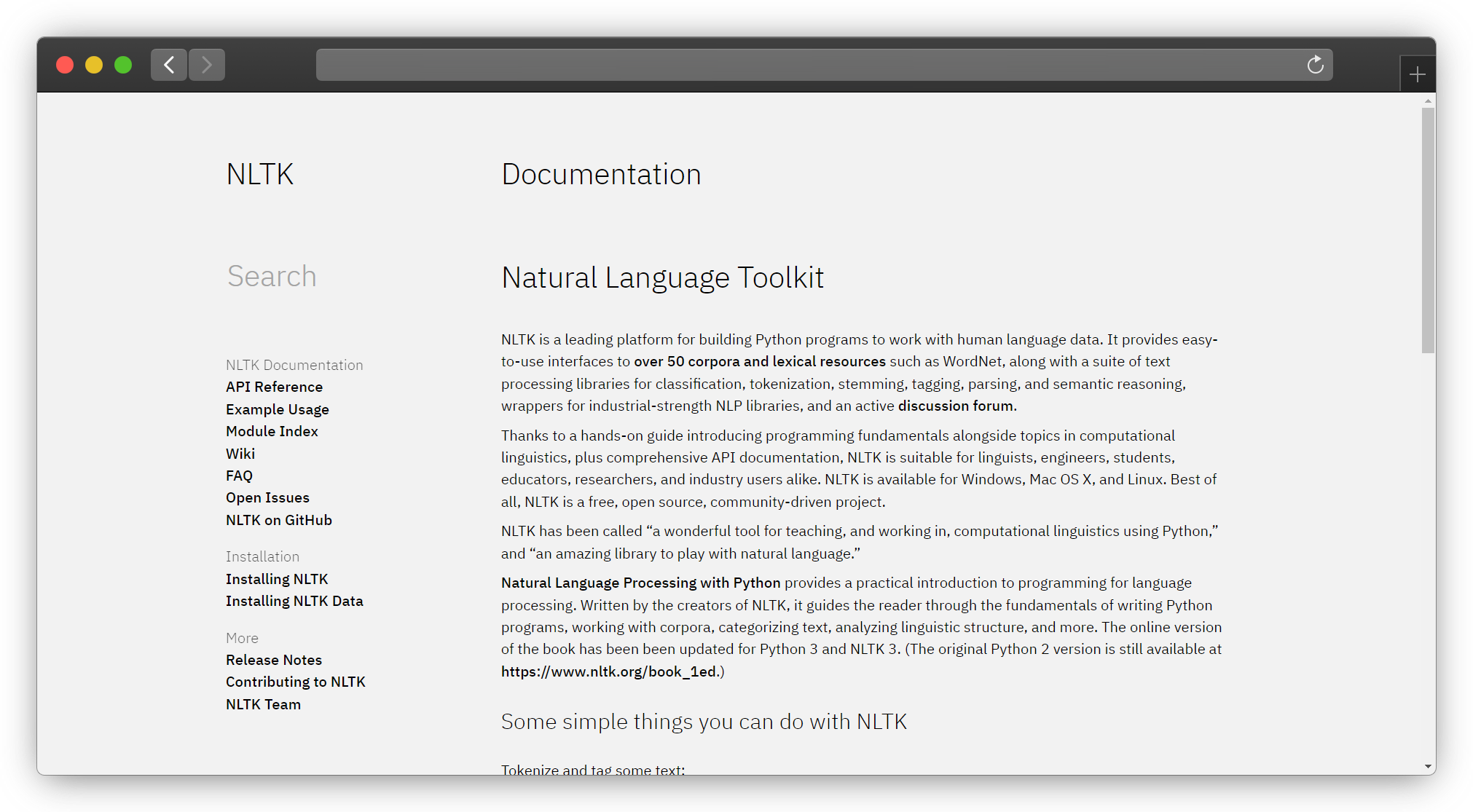
The NLTK library is your BFF if you want to build chatbots or anything involving natural language processing. 🤖 It has a bunch of datasets, tools, and algorithms to teach your program to understand and generate human language.
With NLTK, you can:
-
Tokenize sentences into words
-
Remove stopwords like "the", "a", "is"
-
Stem words to their root (e.g. "fishing" -> "fish")
-
Tag parts of speech (noun, verb, adjective)
-
Build statistical language models
-
Analyze sentiment and subjectivity of text
NLTK is super easy to use and has great documentation to get started. 🧙♂️ You'll be chatting with your AI in no time!
Some examples to get you going:
import nltk
from nltk.stem import PorterStemmer
stemmer = PorterStemmer()
print(stemmer.stem('fishing')) # Output: 'fish'
print(nltk.word_tokenize("Hello, how are you!"))
# Output: ['Hello', ',', 'how', 'are', 'you', '!']
With NLTK in your toolbelt, you'll be well on your way to building magical AI systems that can speak like humans.
6. 🎨 SwirlSearch
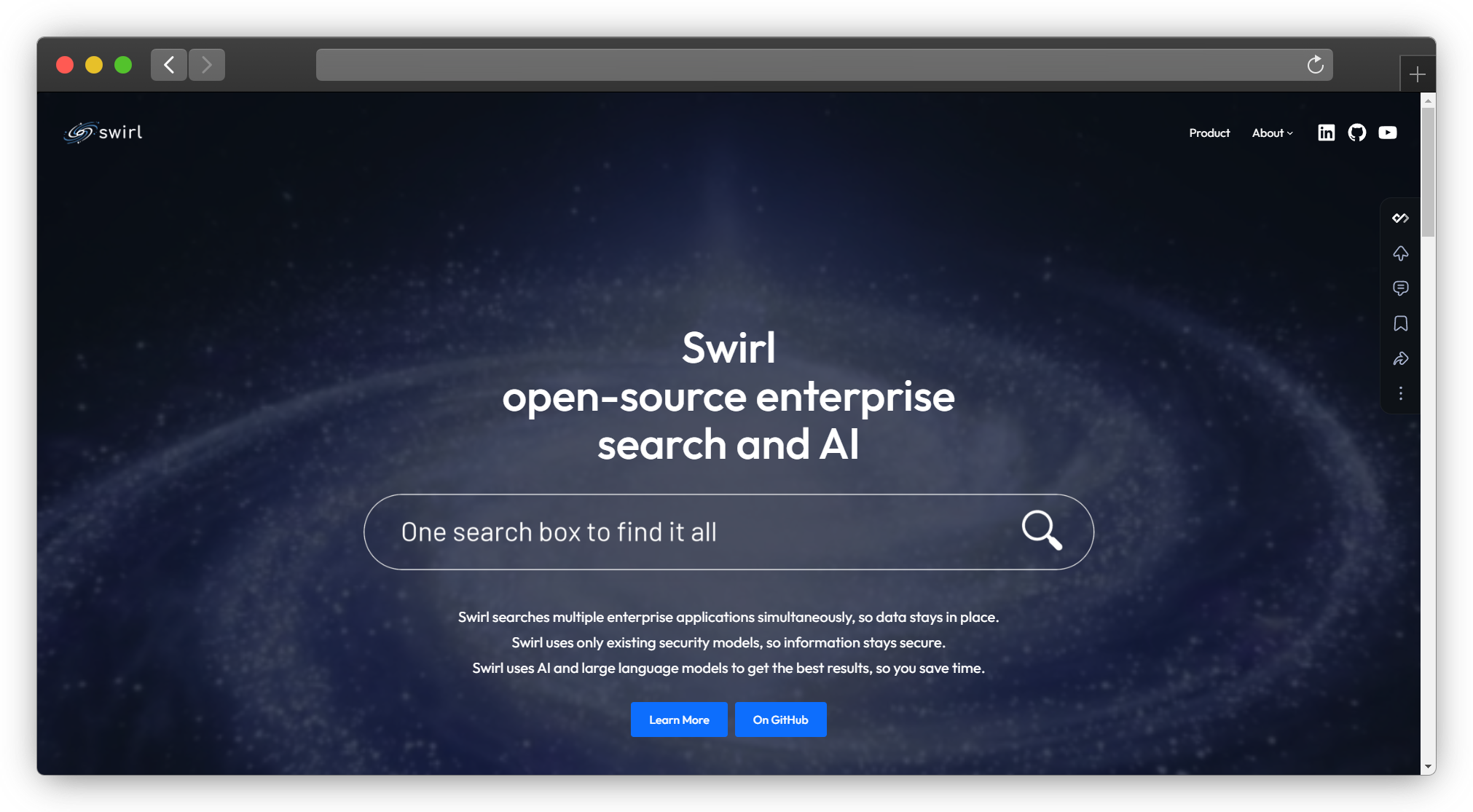
SwirlSearch is an AI-powered search engine that makes researching a breeze. This open-source tool searches multiple sources at once, so you'll get results from websites, images, videos, and more - all in one place!
Swirl uses natural language processing to understand what you're really looking for. So when you search for something broad like "how to code," Swirl will suggest more specific queries to narrow down results, like "how to code in Python" or "JavaScript tutorial for beginners."
Once you start searching, Swirl’s AI will analyze the content and generate insights to highlight key points. This makes it easy to skim articles and find the most useful information quickly. You'll be coding like a wizard in no time! 🧙♂️
SwirlSearch is designed for enterprise use, but anyone can tap into its AI power. The open-source platform has SDKs for Python, Node.js, and Java so you can build Swirl into your own applications. Or just use the Swirl API to add smart search to your website or app.
With SwirlSearch, searching the web has never been so simple or magical. 🪄 This AI-fueled tool will change the way you discover and understand information online. Your research skills will be swish and flick level in no time!
7. 🤖 Pezzo
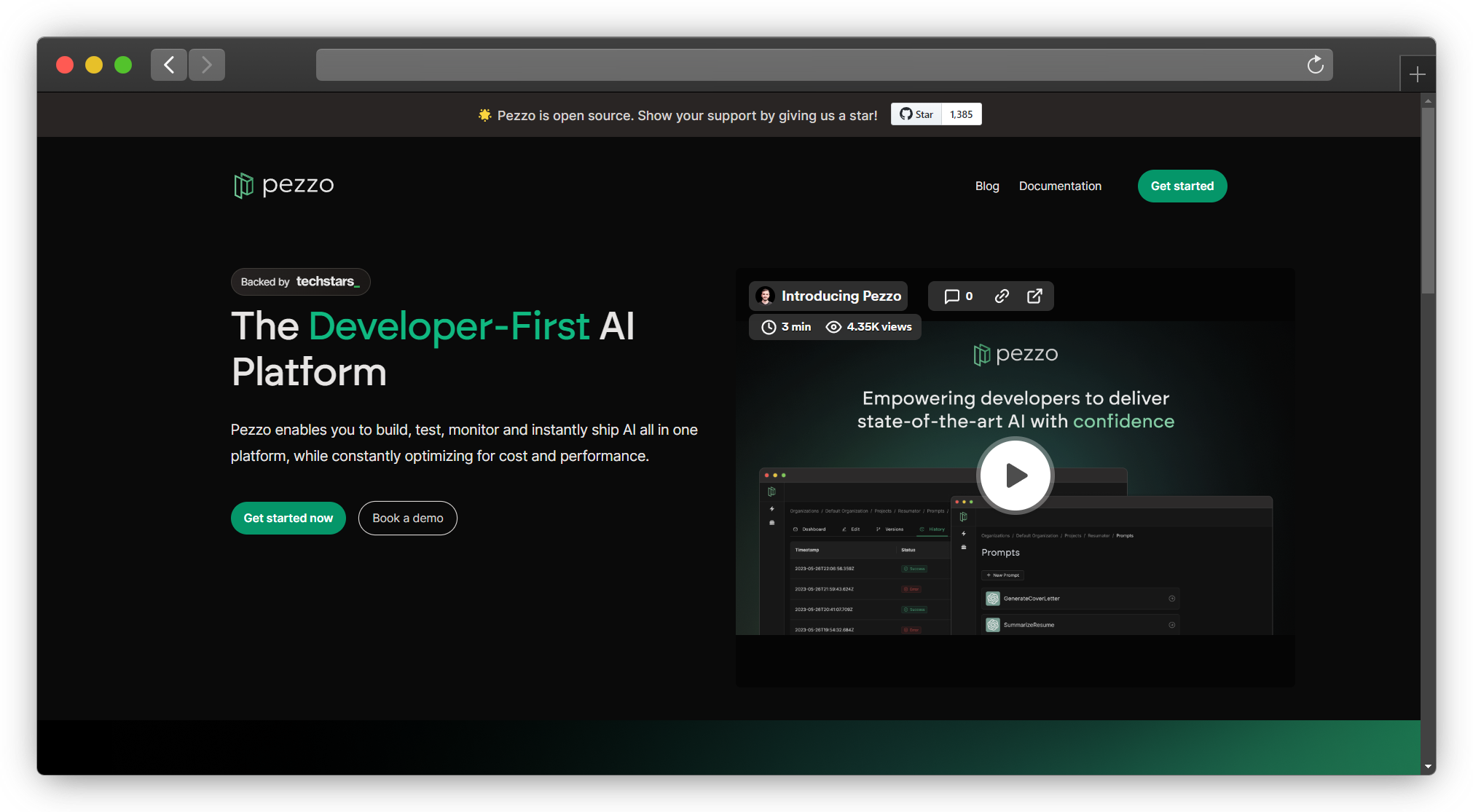
Have an AI model you've been dying to deploy? Pezzo makes it a breeze. 🧑💻This open-source library lets you manage and run your AI apps with just a couple lines of code.
Pezzo streamlines the entire AI dev process, from training your model to tracking how it performs in the real world. You'll get detailed insights into costs, accuracy, and more with their easy-to-use monitoring tools.
Say you built an AI assistant named Claude(🗿). 🤖 With Pezzo, you could deploy Claude, check how users respond to him, and make any needed tweaks to improve his skills, all from one place.
Pezzo simplifies AI in a big way.
8. 🧑✈️Copilotkit.ai
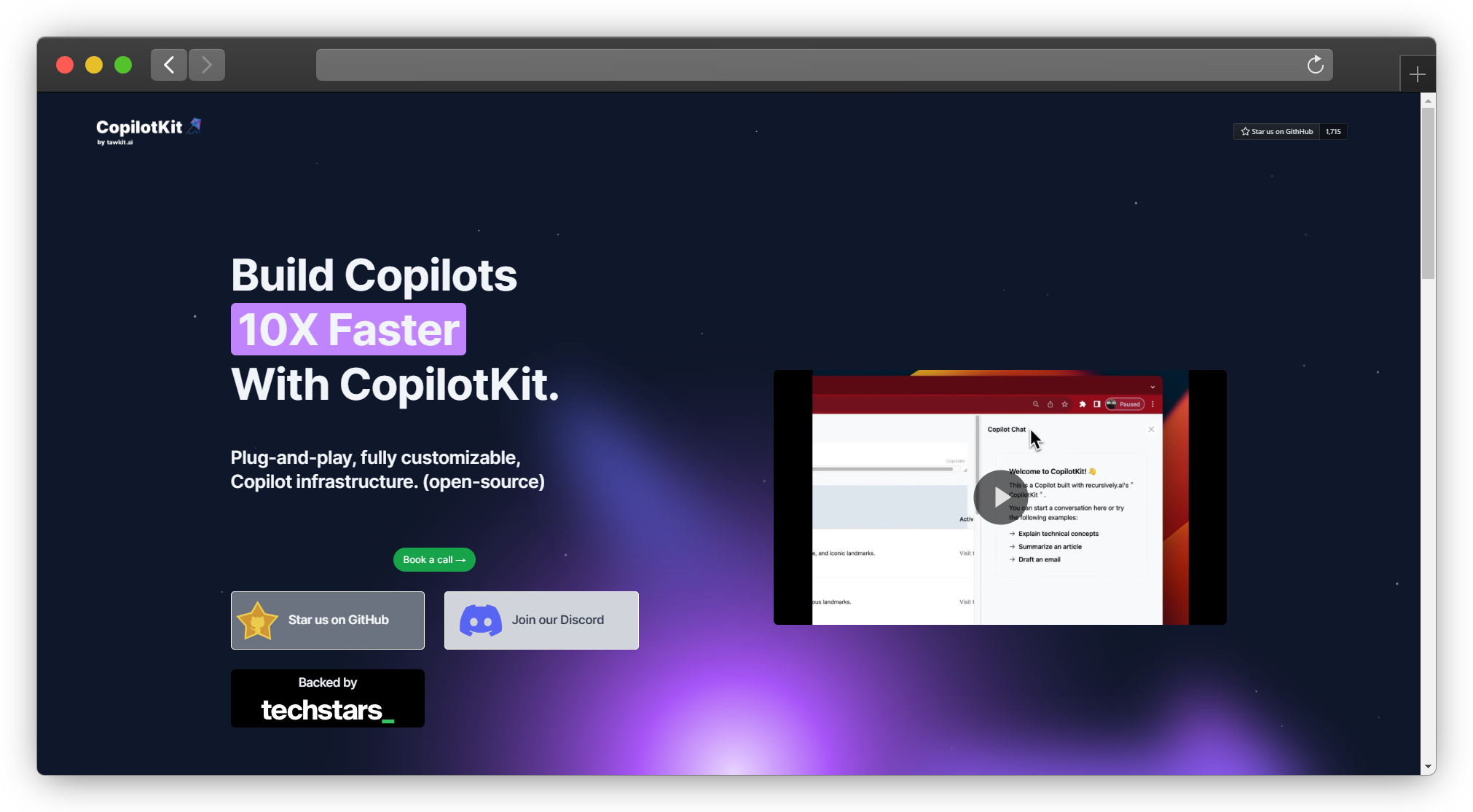
Copilotkit.ai is one handy library for building conversational AI into your apps.🤖 It lets you easily add chatbots and smart textareas to your product. 💬
Copilotkit serves as a bridge between your AI assistant (the copilot) and your app. It allows useful info to be shared between them, so your copilot has the context it needs. Your users will love how smart your app has become!
For example, say you're building a travel app. You can use Copilotkit to add a chatbot that suggests destinations based on the user's interests. Or build a smart textarea that offers flight recommendations as the user types.
The best part? Copilotkit is open source, so you can get started for free.
9. 📈 Scikit-Learn - Predicting the Future With ML Divination
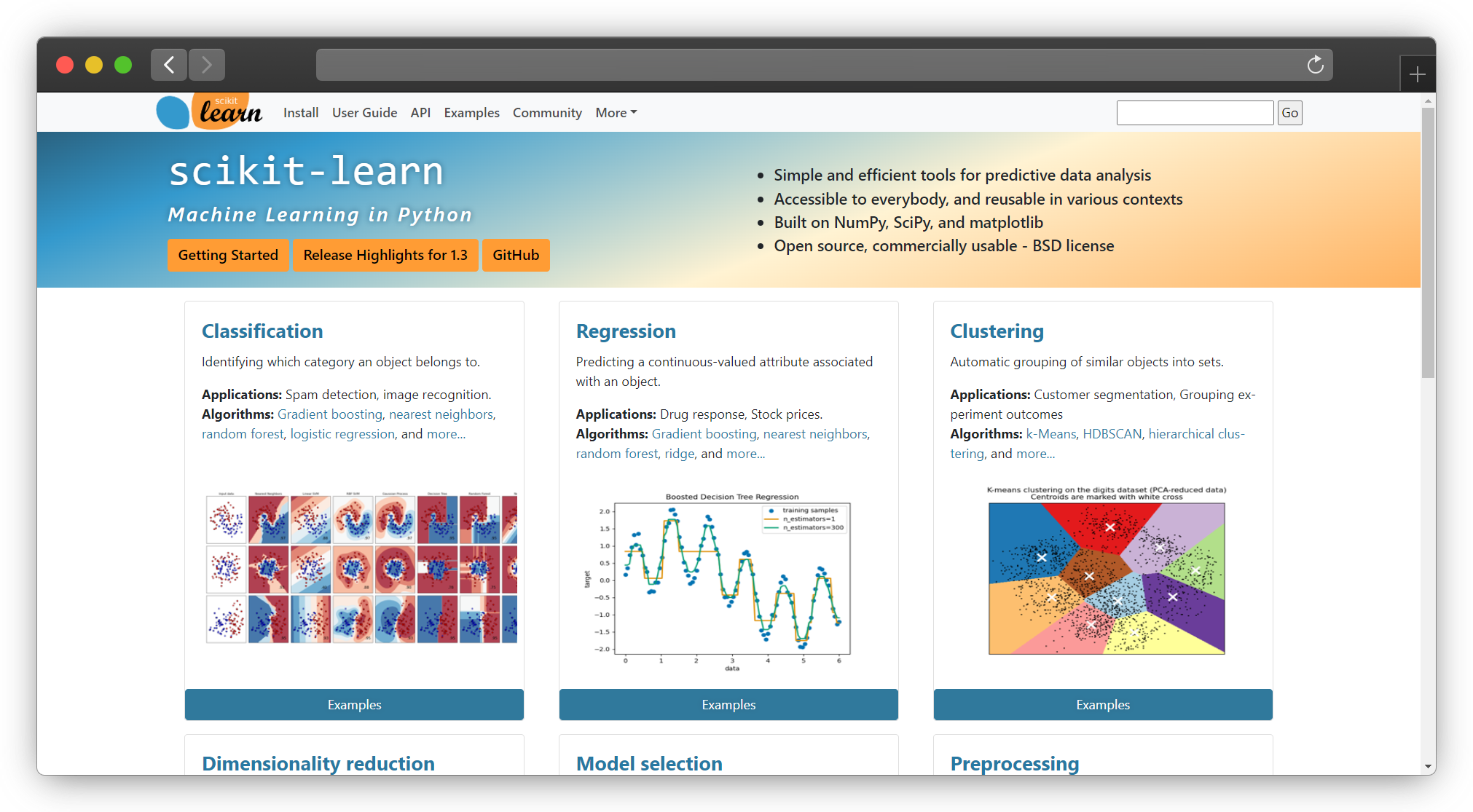
Scikit-learn is like a magic 🔮 crystal ball for developers. This popular ML library lets you see into the future by building predictive models!
Want to know if a customer will churn or how many widgets you'll sell next quarter? Scikit-learn has you covered. It's a one-stop shop for classification, regression, clustering, dimensionality reduction, and more.
You'll feel like a wizard conjuring up random forests, SVMs, and neural nets with just a few lines of Python code. No arcane incantations required - just clearly documented functions and a simple, consistent API.
Whether you're a ML newbie or expert, scikit-learn makes it easy to tap into the power of predictive analytics and gain data-driven insights. Give it a whirl and you'll be divining insights in no time!
10.🏆 Weaviate

Weaviate is an open-source vector database that lets you store data objects and vector embeddings so you can search based on similarity. This means you can explore unstructured data and find related info fast.
Weaviate supports searching both vectors and the original data, so you get the best of both worlds! You can filter structured data while also getting recommendations based on vectors. This allows for some really powerful AI applications.
For example, say you have a dataset with movies, actors, directors, genres, etc. You could find similar movies based on a director’s style or an actor’s filmography. You could also find actors and directors related to a particular genre. The possibilities are endless!
Weaviate is a great choice if you want to build a lightning-fast search engine, recommendation system, or any other AI-powered app.
11. 🔍 Tavily - GPT Researcher

Tavily's GPT Researcher is your personal AI research assistant. This little guy will search the entire internet for you and find the most useful information on any topic. He's trained on huge datasets so he knows exactly what info you need.
Just give GPT Researcher a search query and he'll get to work. In seconds, he'll provide summaries, key facts, examples, statistics, quotes, and more. He can even generate full research reports, presentations, and essays on the fly. 🪄 This AI wizard does in minutes what would take a human hours.
For example, if you ask GPT Researcher about the latest trends in AI, he may discover that "reinforcement learning" and "deep neural networks" are hot topics. He can quickly explain what they are, how they work, and give code samples to get you started.
Researching with GPT Researcher is fast, easy and fun. He brings the magic of AI to your fingertips so you can stop searching and start building!
This little library is a must-have for any developer.
Conclusion
So there you have it, 11 AI libraries that will transform you into an AI coding wizard in no time. 🧙♂️ With tools like TensorFlow, PyTorch, and Keras at your fingertips, you'll be building neural networks and training models before you know it.
And libraries like SciKit-Learn and Pandas make machine learning accessible even if you're just getting started with data science.
What are you waiting for? Pick a library, find some tutorials, and start building something cool! You could create an image classifier, a recommendation engine, a chatbot.
Thanks for reading. Let's stay connected! You can also follow me on Twitter, Instagram, and LinkedIn. If you enjoyed this post, share it with your network and leave your thoughts below, and follow for more cool content. Also, you can always Buy Me A Coffee.
